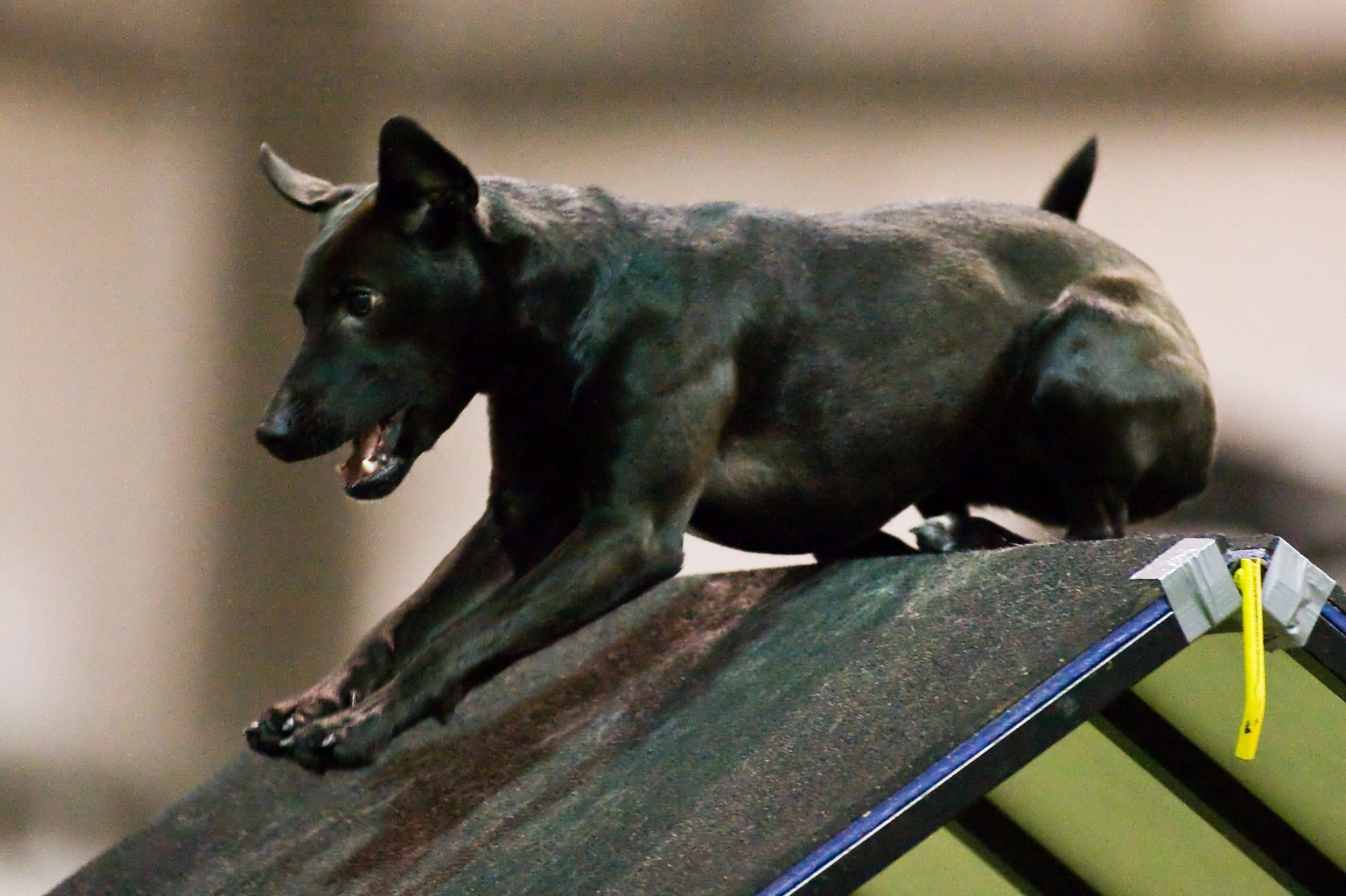Some qualities are ingrained in a dog, and you can’t drive them out of its personality. One such quality is its drive to catch prey. All dogs possess this trait but to varying degrees. While some dog breeds show mild instincts that are relatively easy to manage, others (For Ex: Terriers, Hounds and herding dog breeds) have the hunting and chasing urge deeply engraved in their genetics.
It also implicitly means that high prey drive dogs are more susceptible to risks indoors and outdoors. This is one reason why puppy owners must consider purchasing dog insurance. The best pet insurance covers a puppy’s health comprehensively, so dog owners must contemplate buying a policy even if it means shelling out more money than other cheaper pet policies.
Meanwhile, read this article to learn what high prey drive means and the typical signs a dog with this quality exhibits.
High prey drive: meaning
High prey drive means a puppy’s need to locate, chase, and possibly capture its prey. For instance, squirrels, birds, cats, bigger animals, and even neighborhood furry friends can be on a high prey drive dog’s radar.
The entire process transpires in eight identified steps. Eye, orient, stalk, chase, grab/kill, bite, dissect, and consume. Most dogs only finish the first three/four steps and drop out of the pursuit after that. However, other dogs can bite, grab, kill, and consume in response to their predatory instincts.
This instinct creates an imbalance in the environment for wild animals. Smaller dogs that are allowed to roam freely without a leash can attack little creatures like petted guinea pigs, rabbits, cats, and other critters that catch their attention.
It is worth noting that catching prey is an instinctive behavior and not aggressive behavior. So, don’t assume it to be a dangerous habit, even if it can be, but work on helping the puppy get this instinct under control.
Typical signs a high prey drive dog exhibits
How do you tell if your puppy’s hunting pursuits are playful enterprises or serious predatorial ventures? Look for the below-mentioned signs that help you tell what your pet puppy’s intention is.
1.Fixation
If your canine friend stops, stares, or fixates on some nearby or distant animal, it may have a high prey drive. Most dogs react instantly to the movement of other critters; however, dogs with a high prey drive will fixate on the potential prey, size it up, and then take it down. In such a situation, the dog will typically not pay attention to its owner’s presence or the commands coming from the owner.
2.Stalking
The dog might slowly sneak up and track its prey. It typically walks patiently, stealthily, and sniffs the ground to follow the scent and eventually get hold of the prey.
3.Chasing
Chasing bicycles, cars, cats, and other dogs can indicate stringer predatory instincts. Such dogs need to be kept on a leash or secured using other ways for safety reasons, especially when outdoors.
4.Killing
Biting, injuring, and killing smaller animals should be a cause of concern. Finding dead animals in the yard can be an expected sight when a high prey drive dog is at home. Consider using restraints, muzzles and monitoring the dog if it belongs to this category.
High prey drive dogs are exposed to many more significant risks than quiet dogs. Consider being prepared with the best pet insurance so the energetic puppy is covered for broader-ranging health conditions. Contemplate purchasing dog insurance to minimize unplanned health expenses with little economic hassle.

